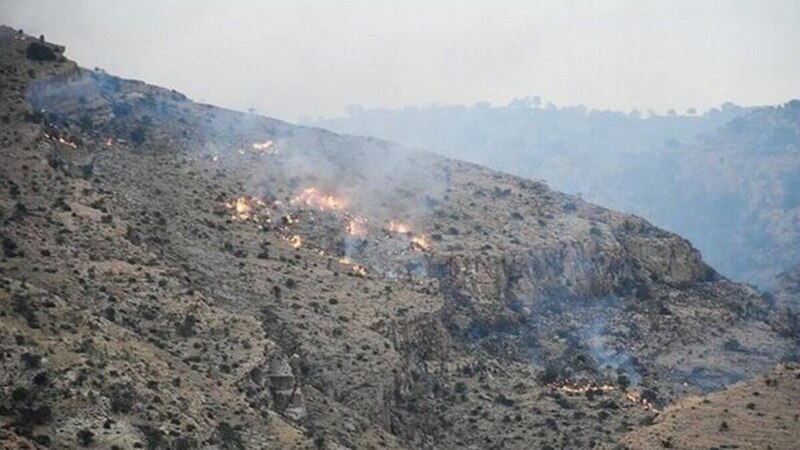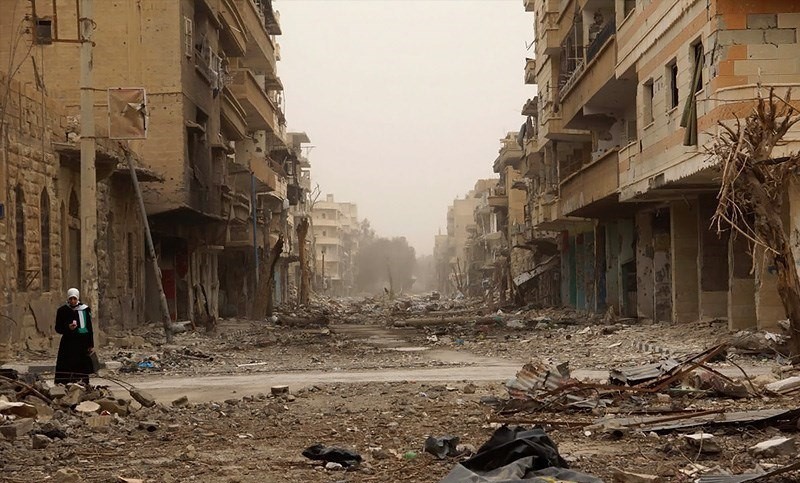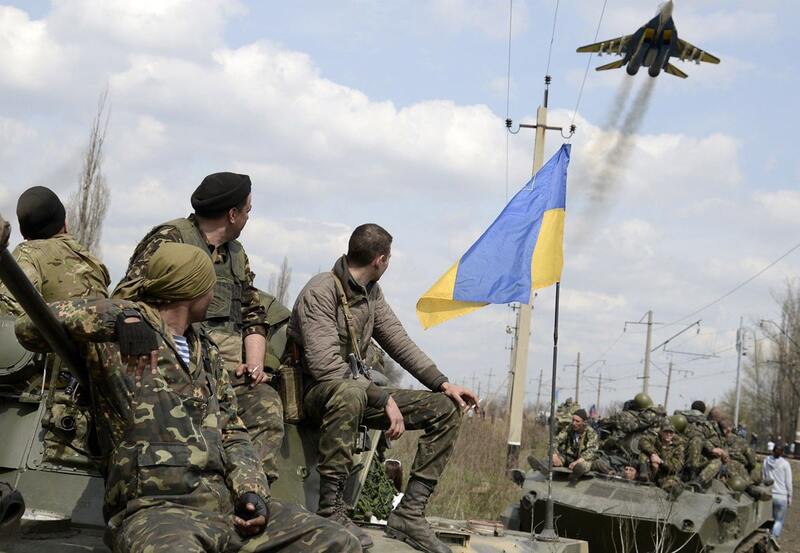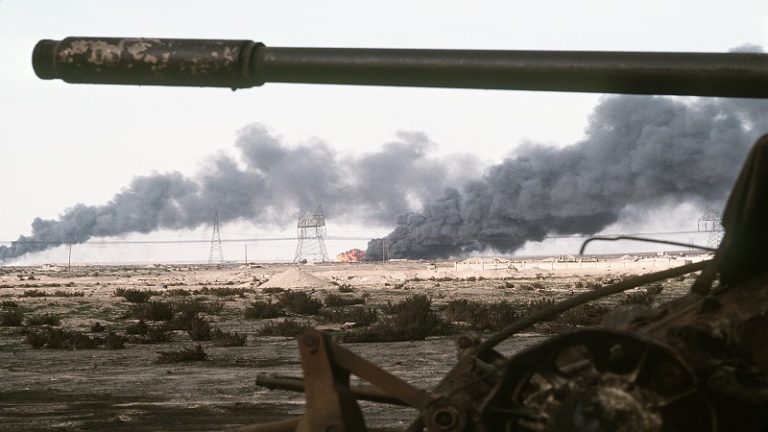"Life" and "Peace" are two precious gems under which the growth, peace, and progress of human society can be guaranteed. In this regard, people continue to welcome peace and friendship, but unfortunately, in no historical stage, war and conflict can be avoided.
"War" is an unpleasant phenomenon that not only destroys the life and mental aspect of people but also ruins nature and the environment, a nature that provides basic human needs. For this reason, statements 24 and 25 of a treaty that was declared in June 1992 in Rio, the capital city of Brazil, refer to the destructive role of war on the environment explicitly and the positive role of peace on sustainable development.
The 24th statement of this treaty says: "War destroys the sustainable growth. The governments must respect international laws during military actions that discuss the protection of the environment. After the war ends, they must participate in the development of those areas."
The 25th statement says: "Peace is the development and growth of the environment which are intertwined and not separable."
Although many countries have signed this treaty, however, the research reveals something different which is the current wars (Russia-Ukraine war, Israel-Hamas war) are causing the most damage to the environment.

Since 2001, the United Nations has designated November 6 as "the International Day for Preventing the Exploitation of the Environment in War" to enhance public information about the impact of war on the environment and natural resources.
According to reports published by the United Nations, in the last years of the 20th century, 118 military conflicts were deployed worldwide resulting in millions of displaced people and an environment that faced a lot of problems including: "migration, rising of disease and drought and …"; problems that are still visible and cause irreparable damage. The Gulf region and countries of "Iran, Iraq, Kuwait, and Afghanistan" are among the countries that have all been affected by war and the impact of war on their nature is still visible.
For example, the devastating Iran-Iraq war ended in 1988 and Saddam Hussein, Iraq's former President was executed in 2006, but the impacts of that war can still be seen on the environment and nature (especially Kurdistan's nature) clearly. It is said that "Hur al Azim", one of the largest lagoons in the south of Iran was dried out by Saddam Hussein's command so that the Iranian troops could not use it to go to Iraq. Right now, based on the experts' suggestion, the drought of this large lagoon of Hur al Azim is one of the most important reasons for dust production in the Middle East.

Or in Afghanistan which has been fighting for years, not only most of its land is full of mines but this country has also lost half of its forests in some states. According to a report released by the United Nations Environment Program in recent years more than 50 percent of Afghanistan's wild pistachio trees have been cut down while 80 percent of Afghan lives depend on natural resources.
After the US military invasion of Iraq in 2003, the ecosystem of Iraq faced such destruction that it can still be seen. Generally, a large portion of the biological variety in Iraq has been destroyed forever due to war in the current days and the past and most of the forests of this country have been ruined.
The responsible centers of the UN warn about a long-term threat that involves Iraq due to the pollution of the underground water sources because of the non-standard methods of removing garbage. Angelica Klaussen, of the International Association of Doctors Against Nuclear War, said: Despite all these crises and disasters, unfortunately, the birth rate of children with disabilities is increasing every day."
Another disaster that threatens the environment of other parts of the world is the outbreak of civil war. According to the United Nations Environment Program (UNDP) at least 40 percent of wars and internal conflicts in the past years have been linked to the exploitation of natural resources. The civil wars in most African countries were directly due to the occupation of natural resources. In the Middle East, there have been many attempts to seize water resources and fertile lands.

These crises have continued in Iraq and Syria so far. Terrorist groups such as ISIS have placed a heavy burden on the environment of these countries. ISIS and other terrorist groups have polluted these countries' water and land by applying military weapons. By plundering natural resources and using these resources, ISIS has destroyed and ruined the environment of these areas. In Syria, which has been at war since the beginning of 2011, despite human suffering and economic collapse, there has also been a major environmental disaster.
A Dutch environment organization known as "PEX" which conducted a detailed study of the situation of the Syrian environment, has reported several reports about the disaster in the region: it will take at least 25 years for the Syrian environment to survive to a small extent and until then, the soil and water of this country will no longer be useful. These substances also pose serious risks to human health.
Now, that the Russian-Ukrainian and Israeli-Hamas wars are underway, we witness the impacts of these wars on the environment of these countries and we must say that the environmental effects of these wars' cross geographical boundaries and the lack of proper management during the war and the restoration of the destroyed nature after the war can also affect people's health.

On the other hand, in Iran, the Islamic Republic of Iran especially IRGC have plundered all the natural resources of Kurdistan during the 40 years of their authority on this country and they have plans to destroy and plunder the nature, environment, and forests of Zagros. They do not even avoid the hardworking farmers' lands and farms and they cut Zagros trees for different excuses such as military maneuvers and by encouraging their forces to send these trees to central regions in Iran and they fire these forests and the environment of Kurdistan. Sometimes, people's farms and orchards have been destroyed as a part of their plans. This year, thousands of hectares of the East part of Kurdistan's forests in Zagros were burned and ruined.
We are witnessing Turkey's invasion of the Kurdistan Region's land and the Western part of Kurdistan too. There have not been any studies on the environmental damages done in these areas yet thus there are no statistics about it.
Conclusion
A look at the environmental conditions in areas where fighting has taken place or where fighting continues shows that the environment of not only those regions but also the environment of the world is at risk and needs more serious actions to protest them, because today, more than ever, the planet, the environment and human life are at risk.









